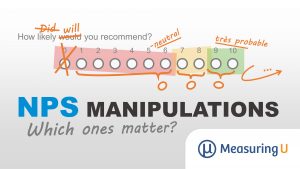
Exploring Another Alternate Form for the UMUX-Lite Usefulness Item
When thinking about user experiences with websites or software, what is the difference between capabilities and functions? Is there any difference at all? In software engineering, a function is code that takes inputs, processes them, and produces outputs (such as a math function). The word capability doesn’t have a formal definition, but it most often








